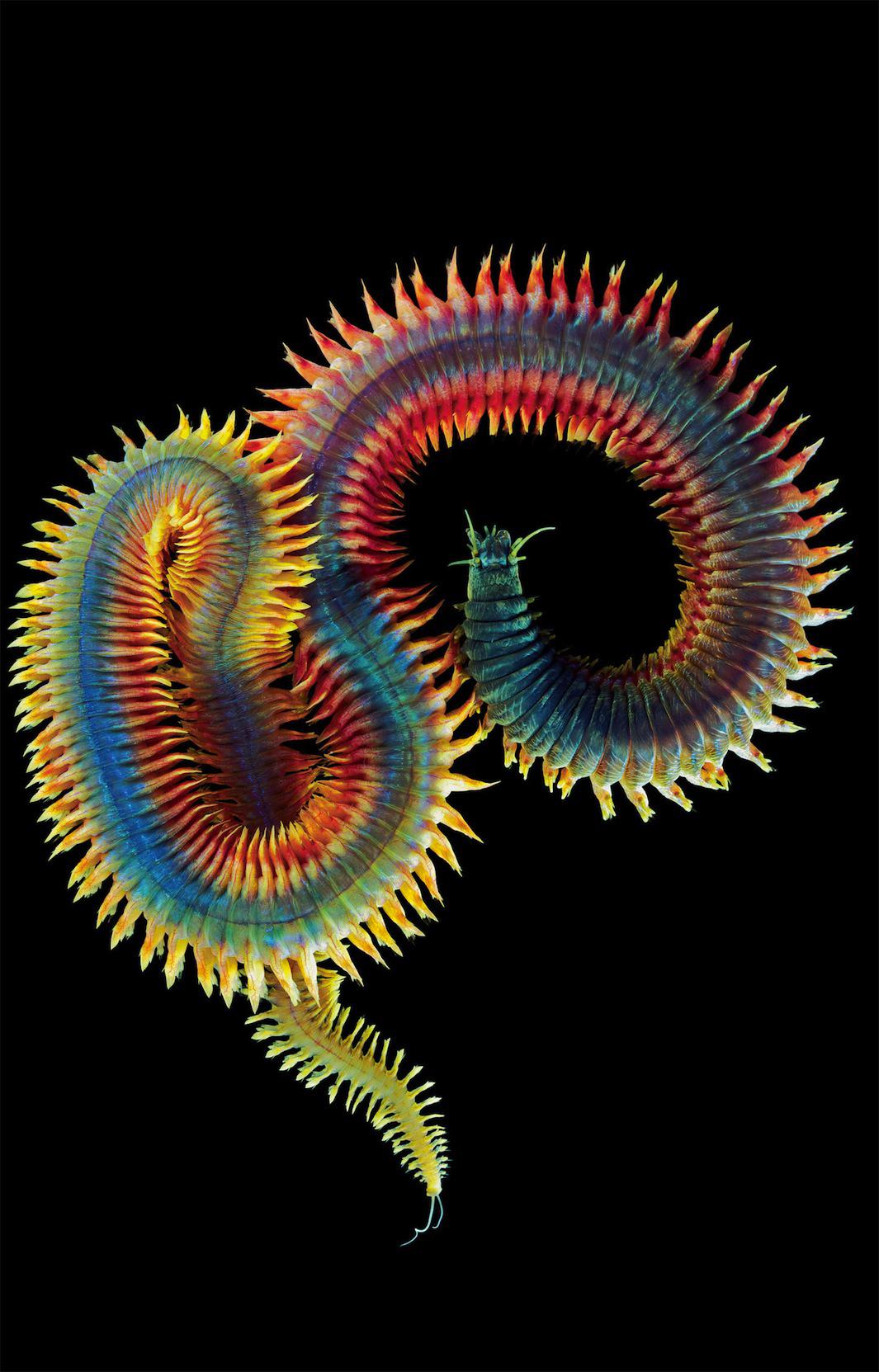Can we all agree to show the ribbon worm some more love?
It’s just one of the hundreds of amazing, bizarre, and often-overlooked animals in Ross Piper’s new book, Animal Earth, that he’d like to see get some more attention. They may be tiny or faceless and not too easy on the eyes, but Piper said they deserve our appreciation just as much as popular species like lions, tigers, and apes. “Most of the time, if you’re watching things on television, it’s just about mammals or other vertebrates. But that’s only a tiny fraction of animal diversity. I want to show people that animals are enormously diverse, not just in how they look but how they live,” Piper said in a phone interview.
Humans have cataloged as many as 1.5 million species of animals, and Piper said there may be as many as 200 million more species still undiscovered. “We know a great deal more about the surfaces of barren moons in space than we do about our own planet. I think that’s a shame. There are so many fascinating animals around us, and we haven’t gotten to grips even the tiniest bit with how they live,” he said.
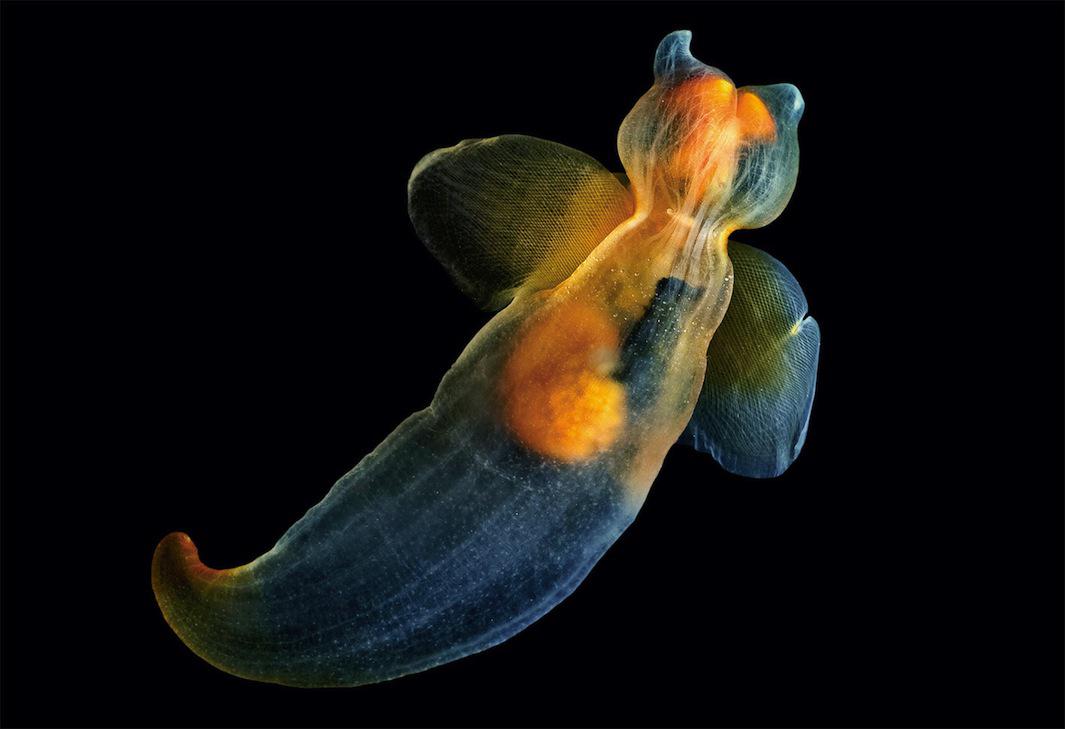
Alexander Semenov
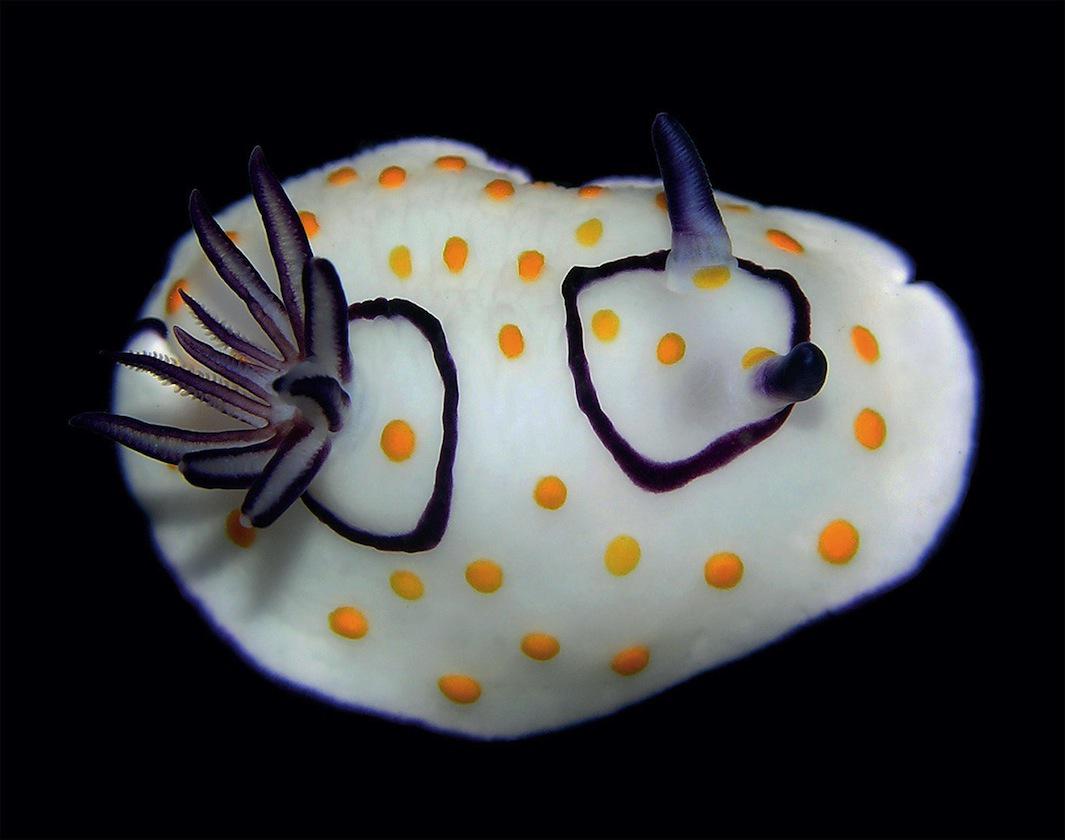
Arthur Anker

Phil Miller

Arthur Anker
Among the known species on Earth, there are some real stunners, which are captured in gorgeous color photos in Piper’s book. Ribbon worms, or Nemertea, are incredible. They’re the longest animals in the world—one was reported to measure 180 feet—but some only grow to 0.02 inches. And in some ribbon worm species, the birthing process is almost too weird to believe. “Since the female lacks a dedicated birth canal, the act of giving birth is brutal to say the least: the juveniles rupture their mother’s gonads, penetrate the gut wall and squeeze out of the anus,” Piper writes in the book.
And consider the water bears, or Tardigrada. They’re extremely small and need a water environment to thrive. But if that source of water dries up, they manage to endure. “Although the animal is on the cusp of death, it quickly bounces back when water returns, apparently none the worse for wear,” Piper writes. “This ability not only makes the tardigrades incredibly tough, it also makes them very long lived. It is not known exactly how long these animals can remain dormant, but it could be centuries, possibly even millennia.”
Piper said scientists have barely scratched the surface of exploring the deep sea but that new species are found there frequently. Still, he said, there’s much more work to be done. “Just studying the different animals out there and their interactions, that’s something you could have an army of scientists studying for thousands of years,” he said.
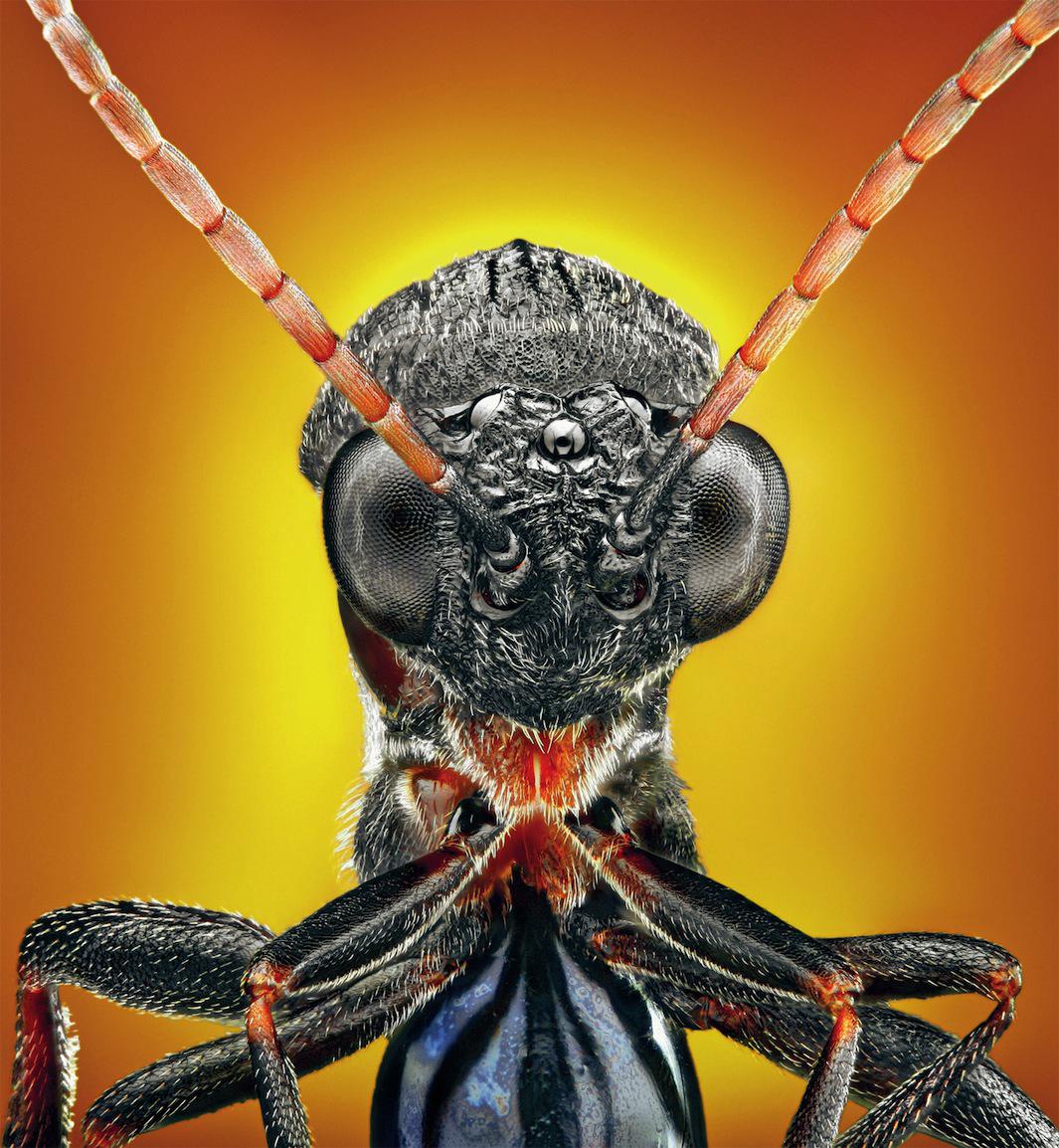
Tomas Rak

Arthur Anker
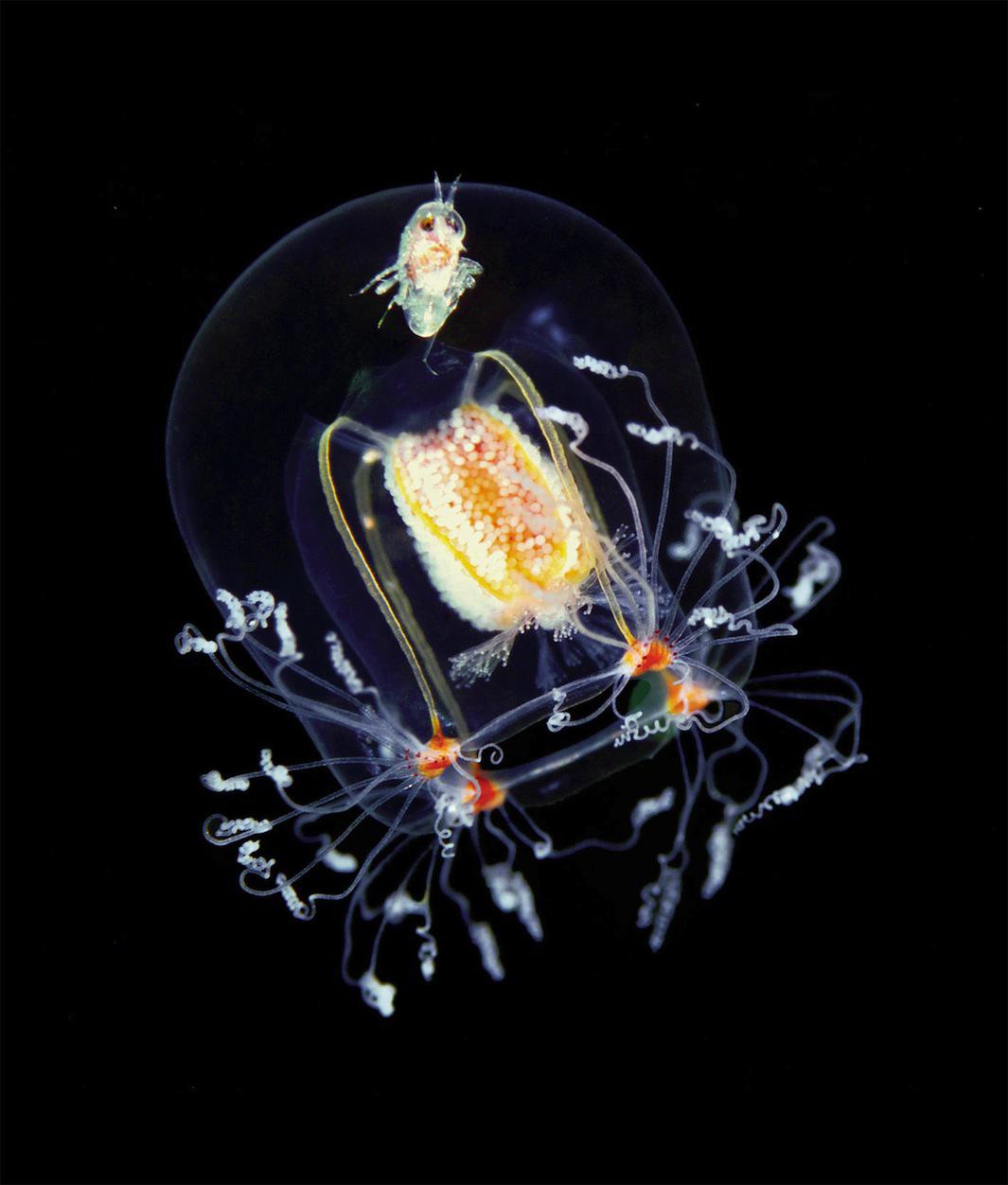
Alexander Semenov

Arthur Anker

Alexander Semenov
For more on gorgeous animal photos or our planet’s scariest inhabitants, check out Slate’s new animal blog, Wild Things.
